11 Local Egg Dishes to Taste When You Travel

Eggs are a universal ingredient found in kitchens around the world, but each culture has developed its own way of preparing them. From street food stalls in Asia to breakfast tables in Europe, local egg dishes showcase the story of a region’s history, ingredients, and cooking traditions. These dishes offer travelers a tasty way to connect with local culture and experience flavors they might never find at home.
1. Menemen – Turkish Scrambled Eggs

This Turkish breakfast staple originated in the Mediterranean region and combines simple ingredients in a flavorful way. Fresh tomatoes and green peppers are cooked in olive oil until soft, then eggs are scrambled directly into the mixture. The dish gets its distinctive taste from Turkish spices like black pepper and paprika. Many cooks add onions for extra flavor, while some regions include cheese or herbs. Menemen is typically served hot in the same pan it was cooked in, accompanied by fresh bread for dipping. The combination of vegetables and eggs provides a hearty start to the day.
2. Loco Moco – Hawaiian Comfort Food
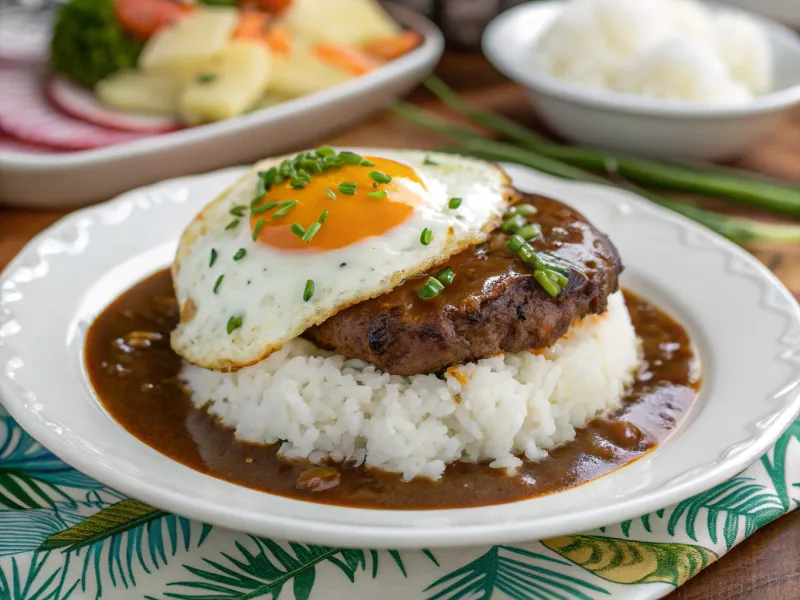
Made in 1949 in Hilo, Hawaii, this dish was invented by teenagers who wanted something different from typical breakfast options. The base consists of white rice topped with a seasoned ground beef patty. A Side-up egg sits on top, and everything is covered with brown gravy. The runny egg yolk mixes with the gravy to make a rich sauce that flavors the entire dish. Local restaurants often serve variations with different types of meat or additional toppings. This filling meal represents the fusion of cultures that makes Hawaiian cuisine distinctive and tasty.
3. Tortilla Española – Spanish Potato Omelet
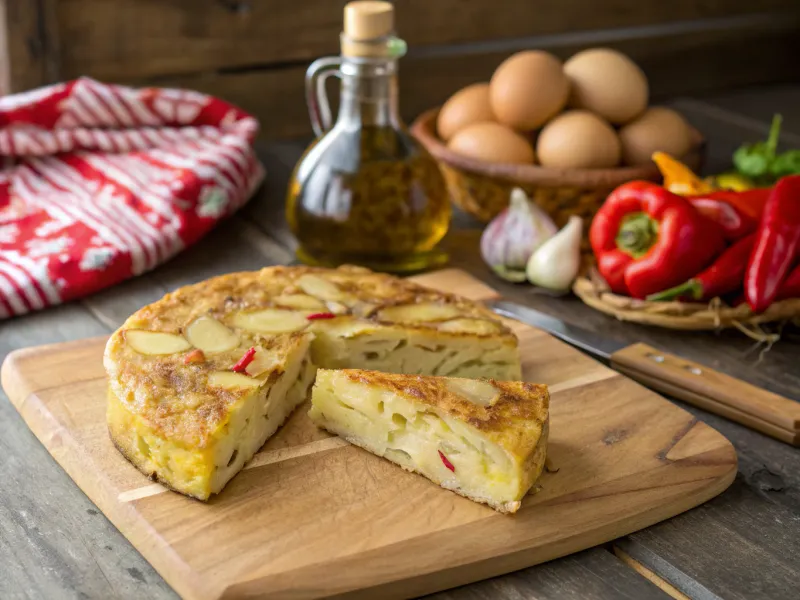
Spain’s most famous egg dish combines just three ingredients: eggs, potatoes, and olive oil. Thinly sliced potatoes are slowly cooked in olive oil until tender, then mixed with beaten eggs.The mixture is cooked in a pan until set, adding a thick, cake-like omelet. Flipping the tortilla requires skill, as it’s often done by placing a plate over the pan and turning it upside down. This dish can be eaten hot or cold and is commonly served as a tapa or light meal. Each region of Spain has slight variations, but the basic recipe remains unchanged for generations.
4. Tamagoyaki – Japanese Rolled Omelet
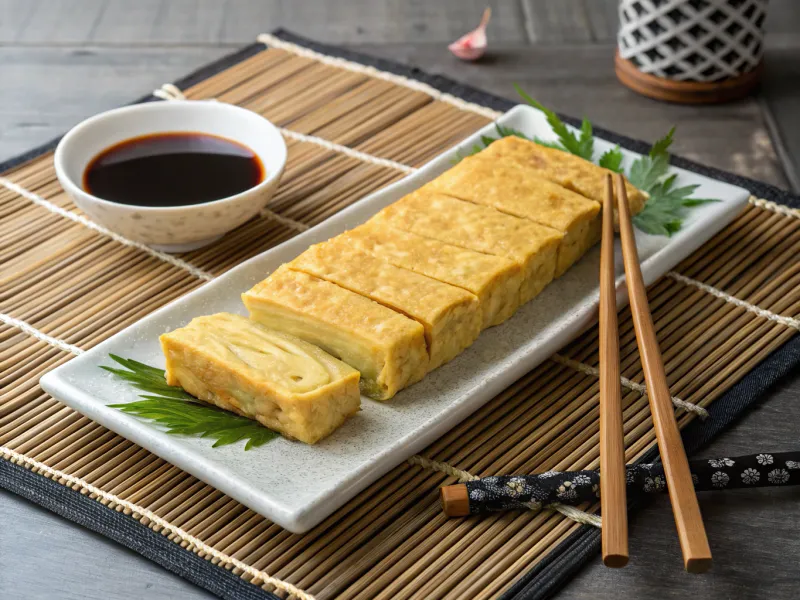
Japanese cooks have turned the simple omelet into an art form with this layered egg dish. Multiple thin layers of seasoned beaten eggs are cooked and rolled together in a rectangular pan. The eggs are flavored with soy sauce and sometimes dashi broth, giving them a slightly sweet and savory taste. Each layer is carefully rolled while still warm to make the distinctive appearance. Tamagoyaki requires practice to master, as timing and temperature control are crucial. It’s commonly served in sushi restaurants or as part of a traditional Japanese breakfast, sliced to show the beautiful layers inside.
5. Baghali Ghatogh – Iranian Egg Stew
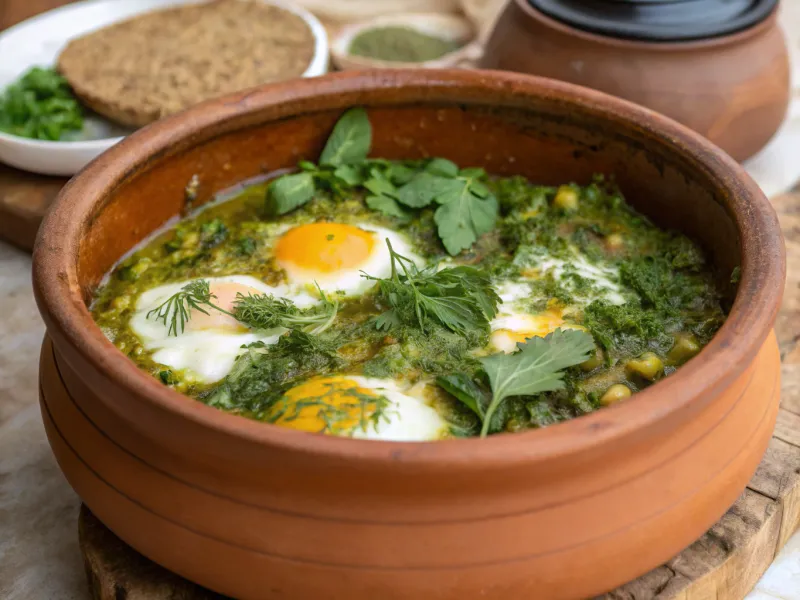
Northern Iran’s Gilan province is famous for this herb-heavy dish that combines eggs with lima beans and fresh dill. The lima beans are cooked until tender in a fragrant mixture of dill, garlic, and spices. Eggs are then cracked directly into the stew and gently cooked until the whites are set but yolks remain slightly runny. The abundance of fresh dill gives the dish its distinctive green color and herbal flavor. This nutritious meal is often served with rice and provides a healthy combination of protein and vegetables. The cooking method allows the eggs to absorb the flavors of the herbs and beans.
6. Egg Waffle – Hong Kong Street Snack

Hong Kong’s streets are filled with the sweet aroma of these bubble-shaped waffles cooking in special molds. The batter contains eggs, flour, and milk, making a light and fluffy texture when cooked. The distinctive bubble shape comes from cooking the batter in molds with spherical indentations. When done correctly, the outside is crispy while the inside remains soft and slightly chewy. Street vendors often serve them warm in paper bags, and they can be eaten plain or filled with ice cream or fruit. The portability and sweet taste make them a favorite snack for people walking through Hong Kong’s busy streets.
7. Scotch Egg – British Pub Food
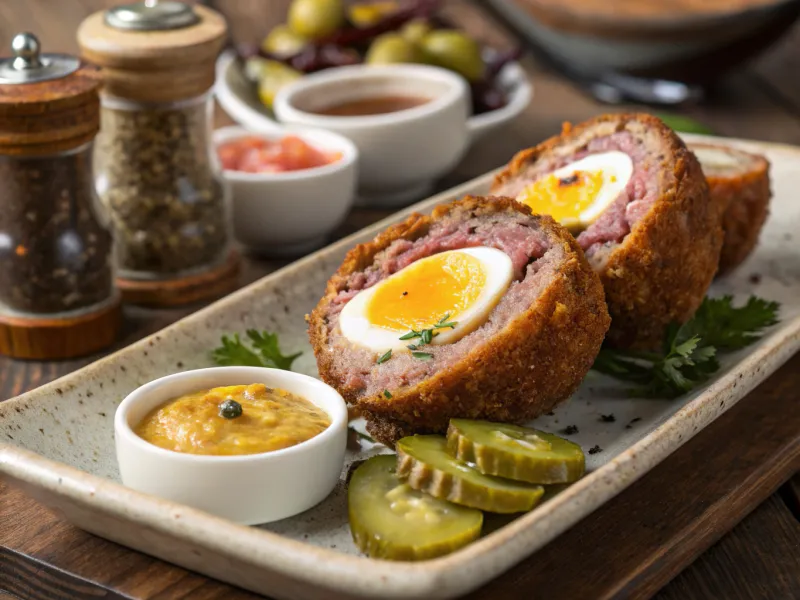
British pubs have served this handheld snack for centuries, featuring hard-boiled eggs wrapped in seasoned ground meat. The meat-covered eggs are then coated in breadcrumbs and deep-fried until golden brown. Traditional versions use seasoned ground meat, though modern variations might include different spices or herbs. The cooking process creates a crispy exterior that contrasts with the tender egg inside. Scotch eggs can be served hot or cold and are often accompanied by mustard or chutney. They make a filling snack or light meal and are popular at picnics and pub lunches throughout Britain.
8. Balut – Filipino Delicacy
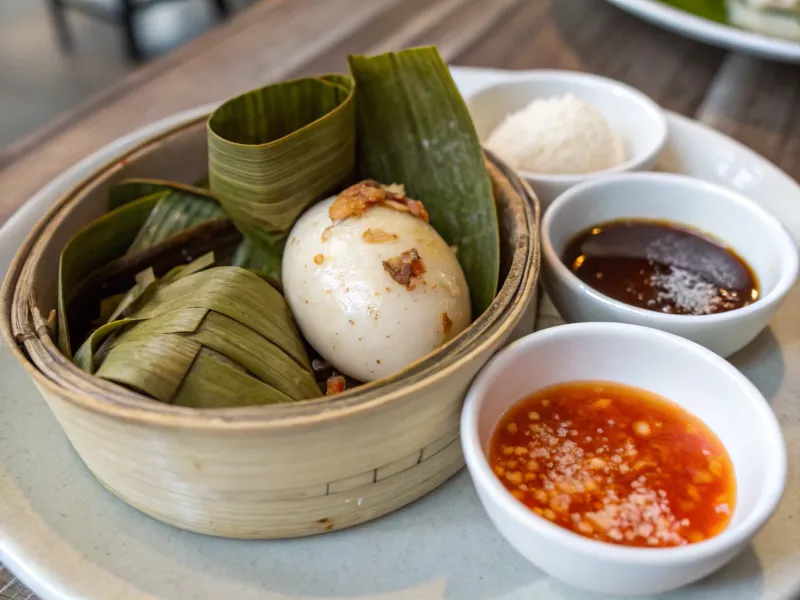
This Filipino delicacy consists of a partially developed duck embryo that’s been incubated for 14-21 days before being boiled and eaten. The egg is typically served warm with salt, chili, or vinegar for added flavor. Eating balut is considered a rite of passage in Filipino culture and is believed to have nutritional benefits. The texture combines the familiar taste of hard-boiled egg with the more complex flavors of the developing embryo. Street vendors sell balut throughout the Philippines, especially in the evening hours. While it may seem unusual to outsiders, it’s a known part of Filipino cuisine and culture that represents centuries of culinary tradition.
9. Egg Hoppers – Sri Lankan Bowl-Shaped Pancakes

Sri Lankan cuisine features these bowl-shaped pancakes made from fermented rice flour and coconut milk batter. The batter is cooked in a special curved pan that creates the distinctive bowl shape with crispy edges. An egg is often cracked into the center of the hopper while it cooks, adding a natural well for the egg. The fermentation process gives the batter a slightly sour taste that pairs well with spicy accompaniments. Egg hoppers are typically served for breakfast or dinner with coconut sambol and curry. The combination of textures – crispy edges, soft center, and runny egg – makes this a tasty and filling meal that’s central to Sri Lankan dining.
10. Frittata – Italian Open-Faced Omelet

Italian cooking transforms simple eggs into this thick, open-faced omelet that’s cooked slowly on the stovetop and finished in the oven. Unlike folded omelets, frittatas are served flat and cut into wedges like a pie. Common ingredients include seasonal vegetables, herbs, and sometimes cheese, all mixed into the beaten eggs before cooking. The slow cooking process allows the eggs to set evenly while keeping the texture creamy rather than rubbery. Frittatas can be served hot or at room temperature, making them ideal for picnics or casual meals. Each region of Italy has its own preferred combination of ingredients, often featuring whatever vegetables are in season locally.
11. Egg Curry – Indian Spiced Eggs
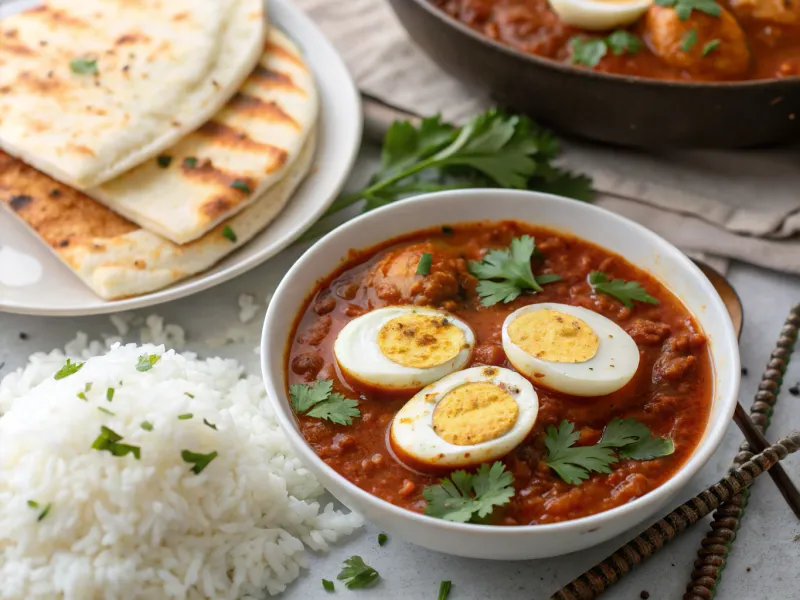
Indian cuisine includes numerous regional variations of egg curry, where hard-boiled eggs are simmered in spiced gravies. The base typically consists of onions, tomatoes, ginger, garlic, and a blend of spices like turmeric, cumin, and coriander. Different regions add their own signature spices some versions include coconut milk for richness, while others use yogurt for tanginess. The eggs absorb the flavors of the spice mixture during the simmering process. Egg curry is often served with rice, bread, or flatbreads like naan or roti. This protein-rich dish provides an affordable and flavorful meal that showcases the complexity of Indian spice combinations and cooking techniques.
